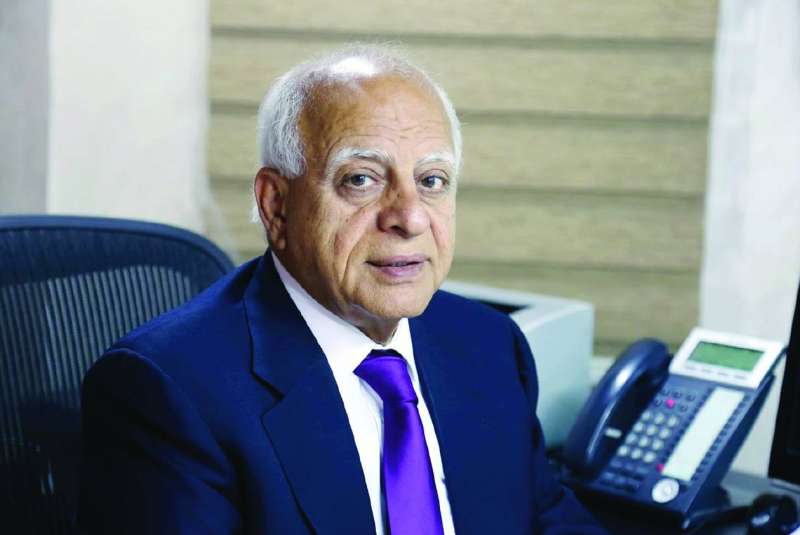28/12/2023
28/12/2023

Diverse cultures around the globe pursue various avenues to fulfill their spiritual needs, whether through religious prayers or meditation. Prayer is often structured around specific texts, designated times and places, and sometimes involves specific attire and preparatory rituals.
To the contrary, meditation is a practice devoid of religious affiliations and is undertaken for personal needs. Despite my attempts to align with the requisites of meditation and detach from my surroundings, I encountered failure.
Those who sought to assist me faced similar challenges, emphasizing the potential benefits of physical massage in relaxing the body and alleviating stress.
Unlike prayer, meditation remains relatively unknown to the majority despite its simplicity. It can be performed at any time, in any attire, and in any location with relative tranquility. It is believed to alleviate daily stresses, reducing preoccupation with life’s challenges.
I observed that many meditation practitioners had navigated through difficult life circumstances, such as financial loss, the demise of a loved one, failed relationships, depression, or despair over illness or addiction, leading them to discover solace in meditation.
In contrast, my relatively smooth journey may explain why my need for such practices did not crystallize as prominently.
It appears that prayer fulfills a fundamental need for individuals and adherents of various faiths. Each faith prescribes its unique approach to prayer, serving as a ritual for organizing people’s lives, instilling religious duties, and providing spiritual sustenance. Individuals may seek mercy, forgiveness, health, wealth, security, and express gratitude for divine blessings through prayer.
The society of the island, the birthplace of Islam, was a challenging environment, compelling its inhabitants to secure sustenance, safety, and family through invasion -- the only known method of survival.
Islam introduced prayer at specific times of the day to align with the circumstances of that era. People would pray the evening prayer and then retire early due to a lack of means to stay awake for extended periods.
As the human body requires around eight hours of sleep, the biological clock naturally prompts awakening at dawn for the morning prayer, initiating the day, followed by the remaining prayers.
Shiite Muslims, representing around 20% of the Muslim population, adopted a practice of combining the noon and afternoon prayers, as well as the sunset and evening prayers, reducing the daily prayer frequency to three times instead of five.
The origin and reasons for this “combination” practice remain unclear, though it has historical precedence during times of war, travel, and disasters.
Some argue that the conventional method of prayer is challenging in modern life, characterized by continuous work hours requiring creativity. It is essential to approach prayer with sincerity, avoiding a routine recitation of the same words throughout one’s life.
The concern is not the brief duration of each prayer but rather the psychological and mental preparation preceding it -- often overlooked, particularly in the face of today’s fast-paced and demanding lifestyles.
Over three decades, I dealt with a paw factory in Malaysia, founded by a Chinese immigrant supported by a Malaysian Muslim workforce. The advent of the petrodollar era brought preachers who convinced the workers to perform their prayers in mosques, leading to the construction of numerous mosques around each farm, disrupting work schedules. Faced with the dilemma of either closing the factory or replacing Muslim workers with Chinese counterparts, the latter option was chosen, resulting in significant job losses.
e-mail: [email protected]
By Ahmad alarraf


